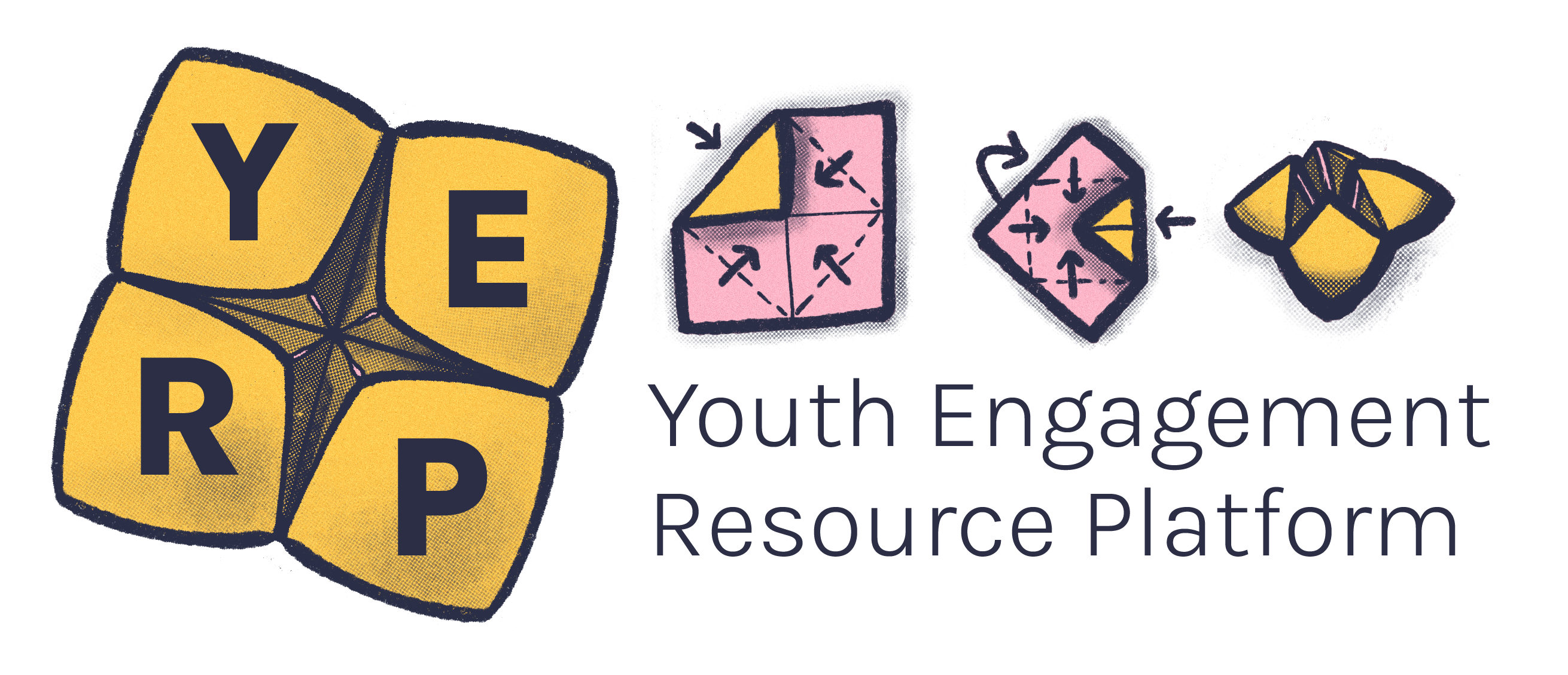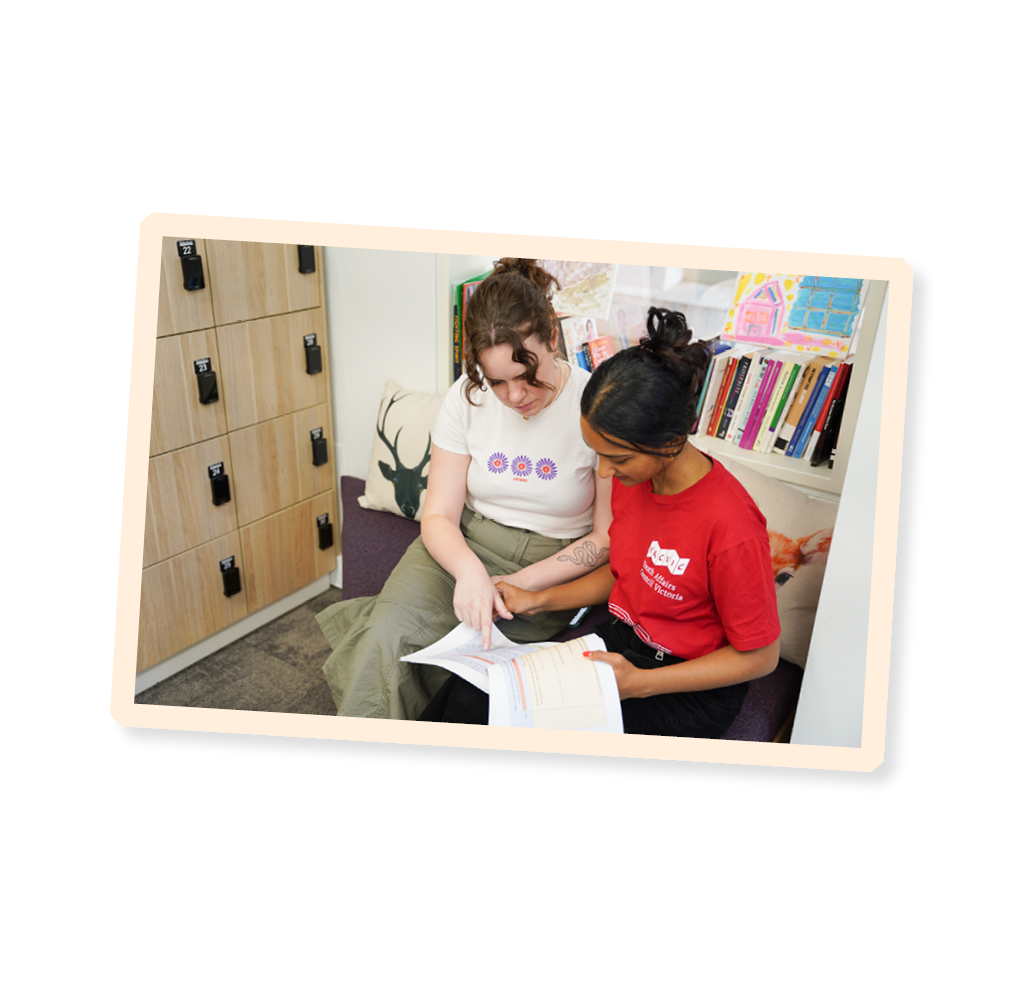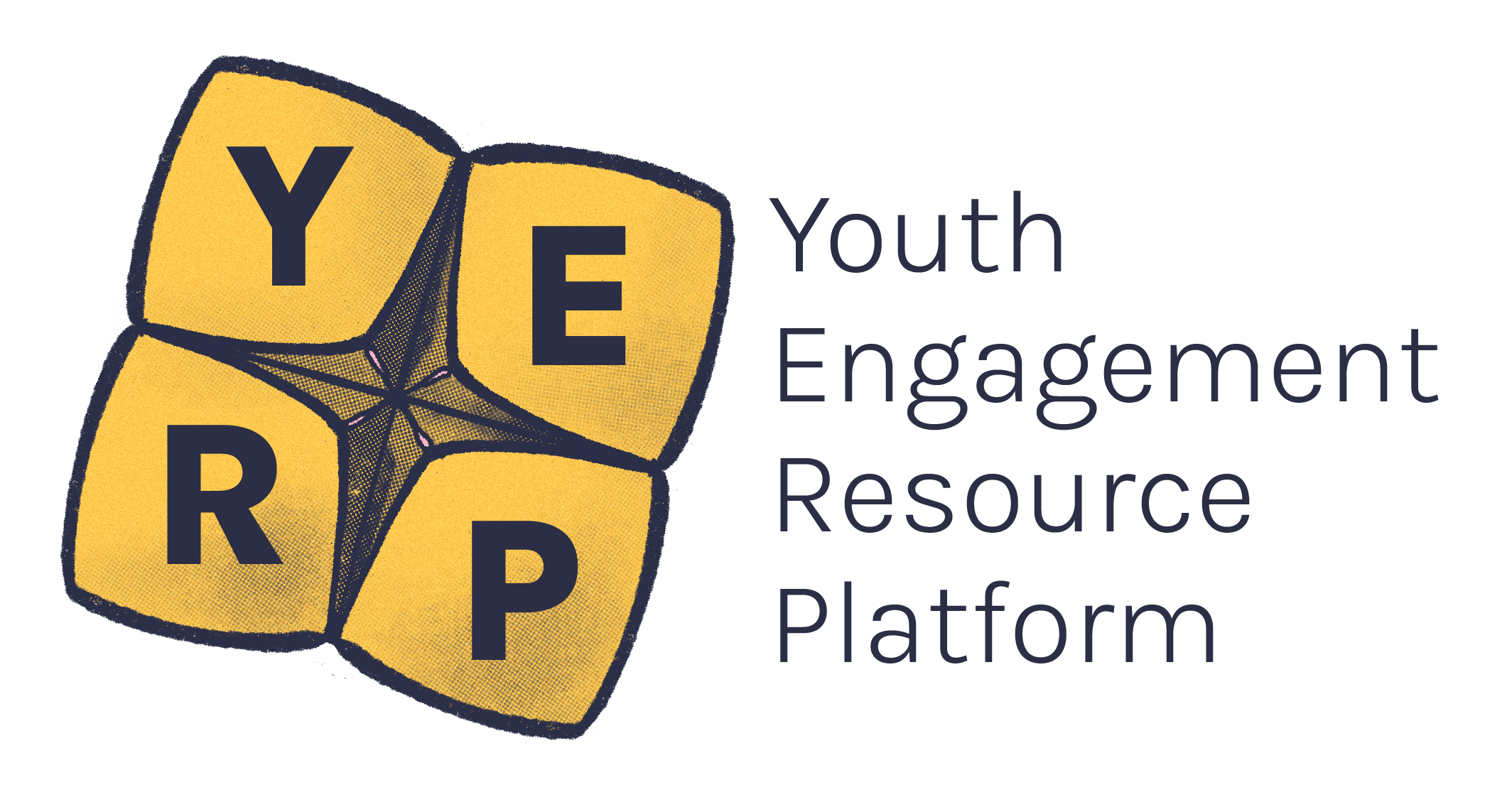A strong grant proposal to a potential partner or donor can be the difference between a project getting the go-ahead, or failing before it even gets a chance.
It’s also a great way to understand your project on a deeper level, tease out details you may have missed, or make improvements and changes you hadn’t yet thought of.
This resource provides an outline of the key elements to include in a grant proposal. It’s meant as a guide only and should always be adapted to fit the context of your project and your target audience.
Before starting any proposal you should research the organisation you plan to approach and submit the proposal to:
-
Understand their policy priorities.
-
If they’re non-government, understand their social impact aims and what they’re looking to achieve.
-
Think about how your proposal might align (or be framed to align) with their objectives.
Remember, you should never change the core nature of your work or misrepresent it to fit within a potential donor’s criteria. It either fits, or could be framed to align, or it doesn’t. Don’t waste your time, or theirs!
Think about how you can ‘package’ your project, or an aspect of it in a way that it can be perceived as a ‘product’ that’s attractive to the potential donor.
Different kinds of programs will be attractive to different kinds of donors depending on who they are.
Make sure to research how the organisation conducts their grants and partnerships. For example:
-
Do they only accept proposals from certain organisations?
-
Are their grants a ‘once-off’ or do they happen every year?
-
Are there guidelines for specific grants or general guidelines for all of their potential grants?
-
Are their sharp timelines and deadlines?
-
Do they have information sessions on what they’re looking for?
Check what organisations the donor has supported in the past and their past successful grant applicants.
You may have contacts at those organisations who could give advice on the process and what worked or didn’t work.
Tip: Don’t overlook small grants or partnership opportunities. They may lead to greater support later and it’s also great experience. Just be mindful of the time commitment it will take to apply and complete reporting for if you’re successful.
-
Your proposal should always be customised. It should be written in a way that considers your target audience and tailored to your project. To get an idea of this, reach out to the organisation. They will usually have a contact person for the grant who can guide you on the kinds of work they’re likely to support and what level of funds available. This is also a great way to build relationships. It shows them you’re interested enough to contact them and they'll be more likely to recognise your proposal when submitted.
-
Stick to the guidelines of the grant.
-
Define the need. The beginning of your proposal should include a ‘need analysis’. Your project will be more credible if donors fully understand the ‘why’ behind what you propose to do and why it’s important. Use solid statistics, research and data to support your proposal. This will be impactful and show that you fully understand the issue.
-
Don’t oversell your idea. Use positive language but if a grant proposal is written well and you believe in your project, it doesn’t need to be over-the-top.
-
If you use acronyms or abbreviations, make sure to expand or explain them
-
Simple language is better than complex language
-
Keep it brief, concise and readable
-
Proofread. Grammar matters! Make sure to proofread your work, check your spelling and grammar. It shows you care, that you have put time and effort into the proposal. Ask someone to look over your proposal with fresh eyes and also have a break for a day and come back to it with your own fresh eyes.
Overview
-
Summary of the project.
-
Key points that a potential donor or partner will want to know immediately such as the need, your unique value proposition, budget summary, the benefits for them in supporting it.
-
The overview should be engaging, drawing the readers attention.
-
Write your summary last because you can draw on the other sections of the proposal.
Background / past learnings
-
What is the history of this project?
-
What brought you to the point of making a proposal?
-
What actions have occurred
-
What previous projects or reports are relevant?
Need
-
What is the problem to be fixed, or the potential opportunity?
-
What evidence do you have of the problem and opportunities? (Gathering hard evidence/data may be the first step of your project if it does not yet exist).
Objectives
- What are you trying to achieve? Be specific, but succinct.
Expected outcomes/impact
-
Based on the above objectives, what are the changes you expect to result from this project? What will be your impact/results?
-
How will you ensure the outcomes continue once the project ends?
Beneficiaries
-
Who will benefit from this project?
-
How will you ensure marginalised groups are included (if relevant)?
-
Include the primary beneficiaries (those who will benefit directly) and secondary beneficiaries (those who will also benefit, but indirectly).
Project description/methodology
-
What work will actually be undertaken, and who will do it?
-
Step through and describe the project activities in a logical order, so that the potential donor/partner really understands what you plan to do to achieve the desired outcomes.
-
This should include a statement of your Theory of Change. For example, "if we do XX, then YY will happen."
Milestones/timeline
-
What are the important dates of the project
-
What are the key milestones where key pieces of work will be delivered?
-
When will key events happen?
Sometimes it helps to work backwards from a hard deadline to understand the dates when other pieces of work must be completed.
Deliverables/outputs
What are the key pieces of work which will occur from the project? For example:
-
People trained
-
Guidelines written
-
Reports published
These may be included in the project description section or the timeline section.
Stakeholders
- Besides the beneficiaries, who are the other people or organisations that are key to the project? This might include other partners who you plan to work with to deliver the project or regulatory bodies that you need permission from.
Organisation information
-
Why is your organisation the best one to undertake this project?
-
What value can you add that other organisations cannot?
-
Provide relevant details of your organisation and work, to show credibility (e.g., community connection, key officers and their bios, past project successes).
-
Have your organisation’s legal documents ready to provide if required.
Roles and responsibilities
The best partnerships are those where each party brings their unique expertise and networks to the project, and everyone is clear on their roles.
- Be direct about who has responsibility for what and outline those responsibilities here.
Monitoring and evaluation
-
What will success look like?
-
How are you going to track the project to know if it’s successful?
-
What will you measure, how and when?
-
Think about qualitative vs quantitative measurement of results.
-
What data will you be gathering and recording?
Sustainability
Think about beyond the life of the project or once the donor’s funding ends.
-
If you’re proposing an ongoing program rather than a one-off project, will it eventually become self-sustaining? How?
-
If not, how do you see it being sustained after the funding comes to an end? If it’s a one-off project, how will the outcomes be sustained?
Assumptions/risks
-
What assumptions are you making?
-
What might go wrong, or what obstacles may you encounter?
-
How can you minimise them?
Budget
-
How much will the project cost?
-
How much will the main elements cost?
-
Sometimes the costs can be researched and quite exact (e.g. travel costs), and other times they will be an estimate.
-
Aim for some detail but not too much.
-
It can be useful to break the project down into sub-projects so that a potential donor/partner can choose to support part of the project if the total is too much for their resources.
-
Be realistic in your request/expectations. Try to research the scale of likely donation before making a proposal.
-
If you’re applying for a grant on an international level, they may deal with different currencies, lay these out in a table in local currency and a major currency (USD, Euro or GBP.
Benefits to donors/partners
-
Why would a potential donor/partner want to support this project?
-
Why are they the right partner for the project?
-
What benefit/acknowledgment would they receive (e.g. recognition in a report or at a launch, opportunities for staff to volunteer or mentor project participants)?
-
Make sure to also include the benefit that they would have helped achieve an important social change.
The benefits a potential partner will value will vary depending on the type of individual or organisation. It’s usually a good idea to gain an understanding of their requirements before finalising the proposal.
Communications
-
How are you going to communicate the project – to potential participants (if applicable), to ensure partners are fully informed?
-
How will you showcase the project’s success?
Conclusion
- Always close with a brief statement about how important the project is, the outcomes it will achieve, and the vital role that the potential donor/partner could play in that.
Cover letter
- The proposal should always be submitted with a cover letter that introduces your organisation and provides a summary of the proposal. It should demonstrate the passion behind the change that will be achieved and request the donor/partner’s consideration.
- Dawa, S. 15 Tips for Writing Effective Project Proposals.
- Ellis, K. (2016). Writing a Project Proposal. The Commonwealth Writing a Project Proposal - Updated Nov 2016.pdf
- Mind Tools. (n.d). SMART Goals. https://www.mindtools.com/a4wo118/smart-goals






